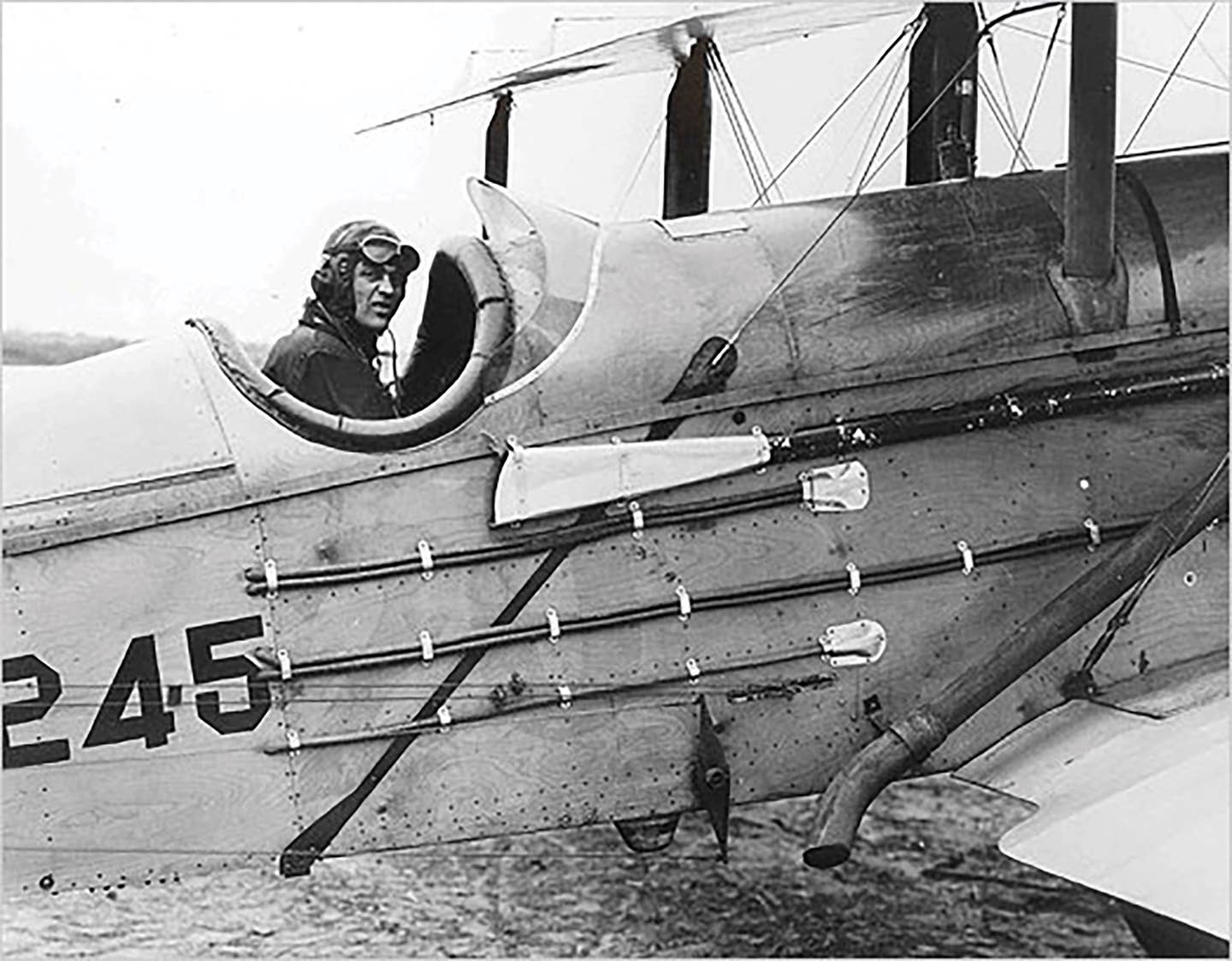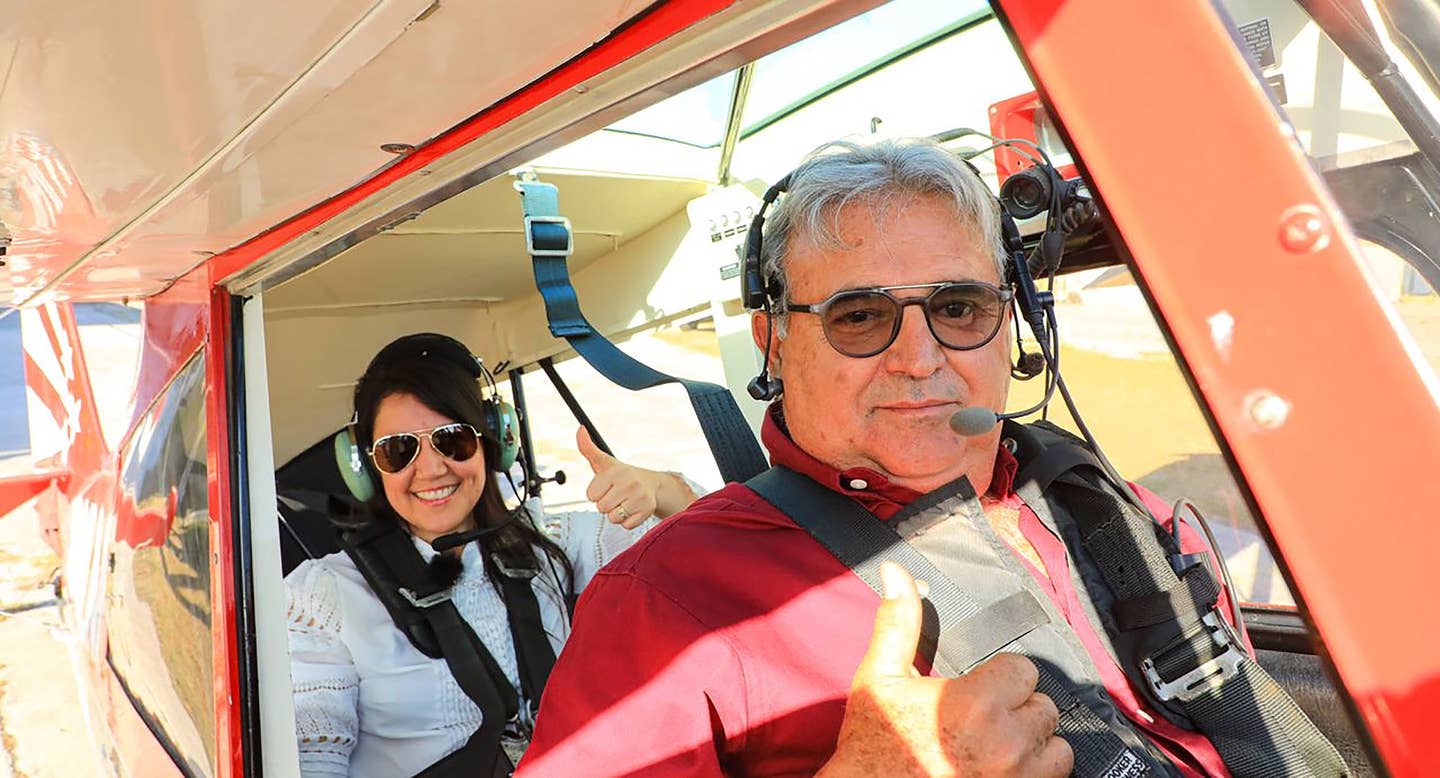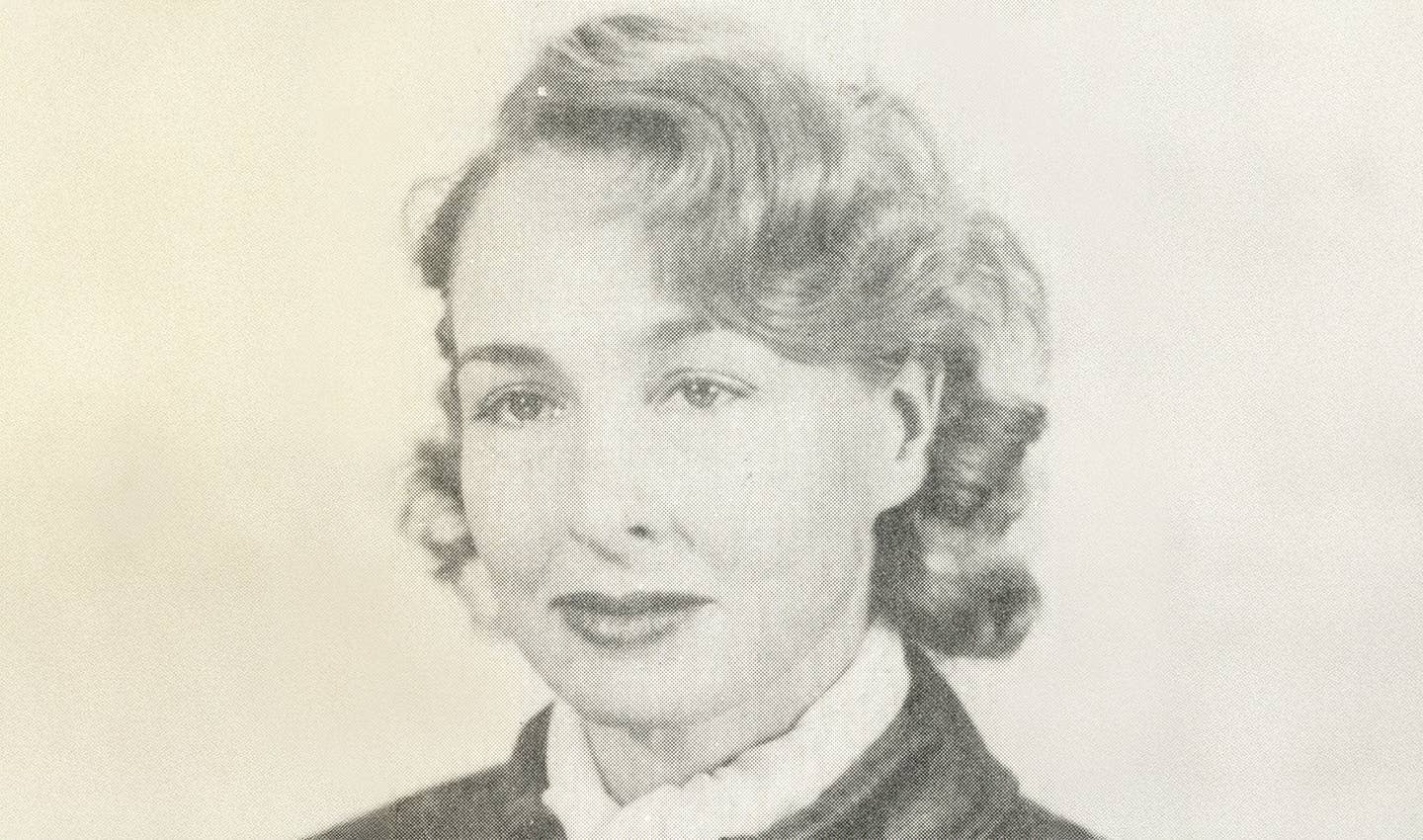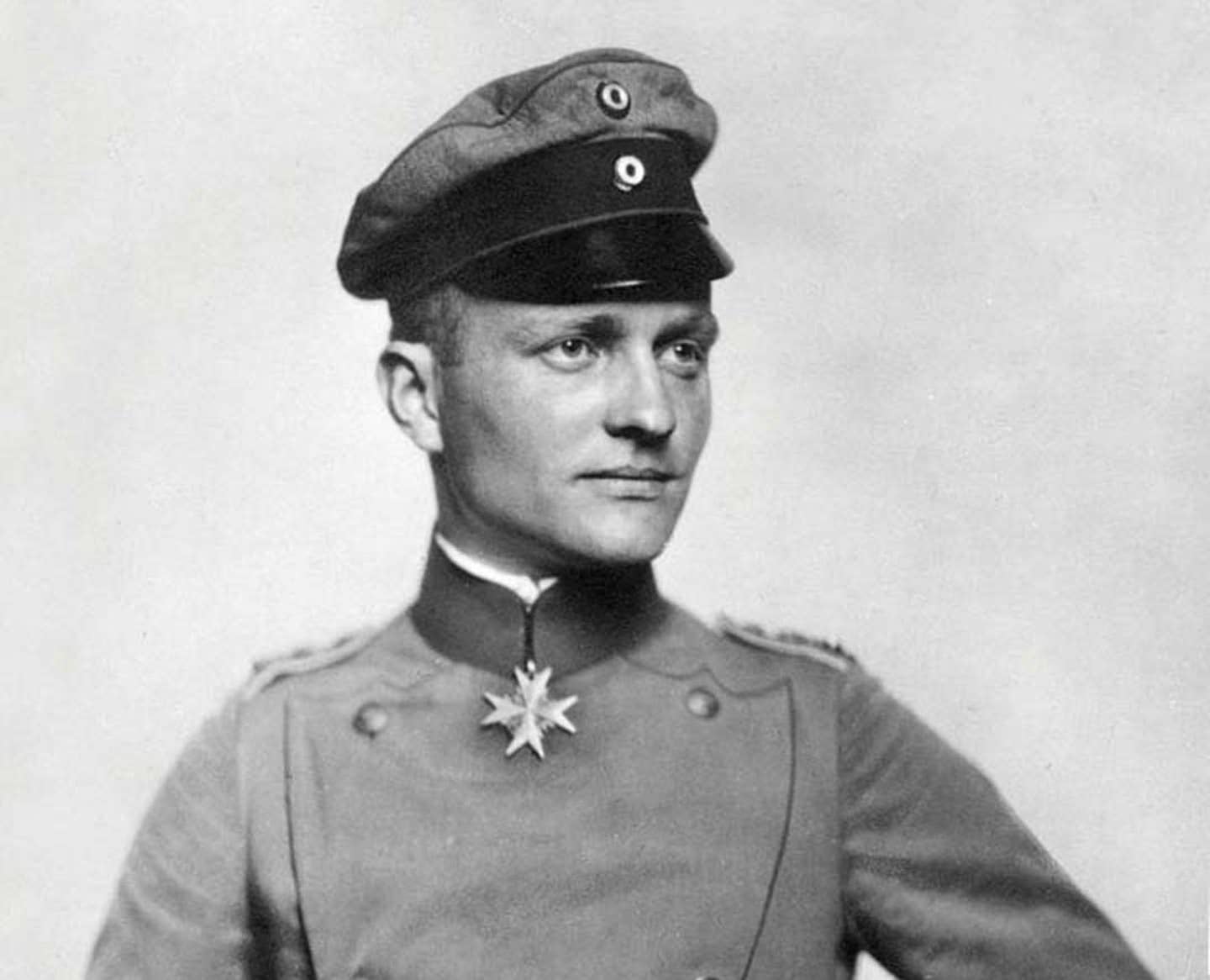This Incredible Pilot: Lydia Litvyak
Russian double ace broke the mold for World War II fighter pilots.
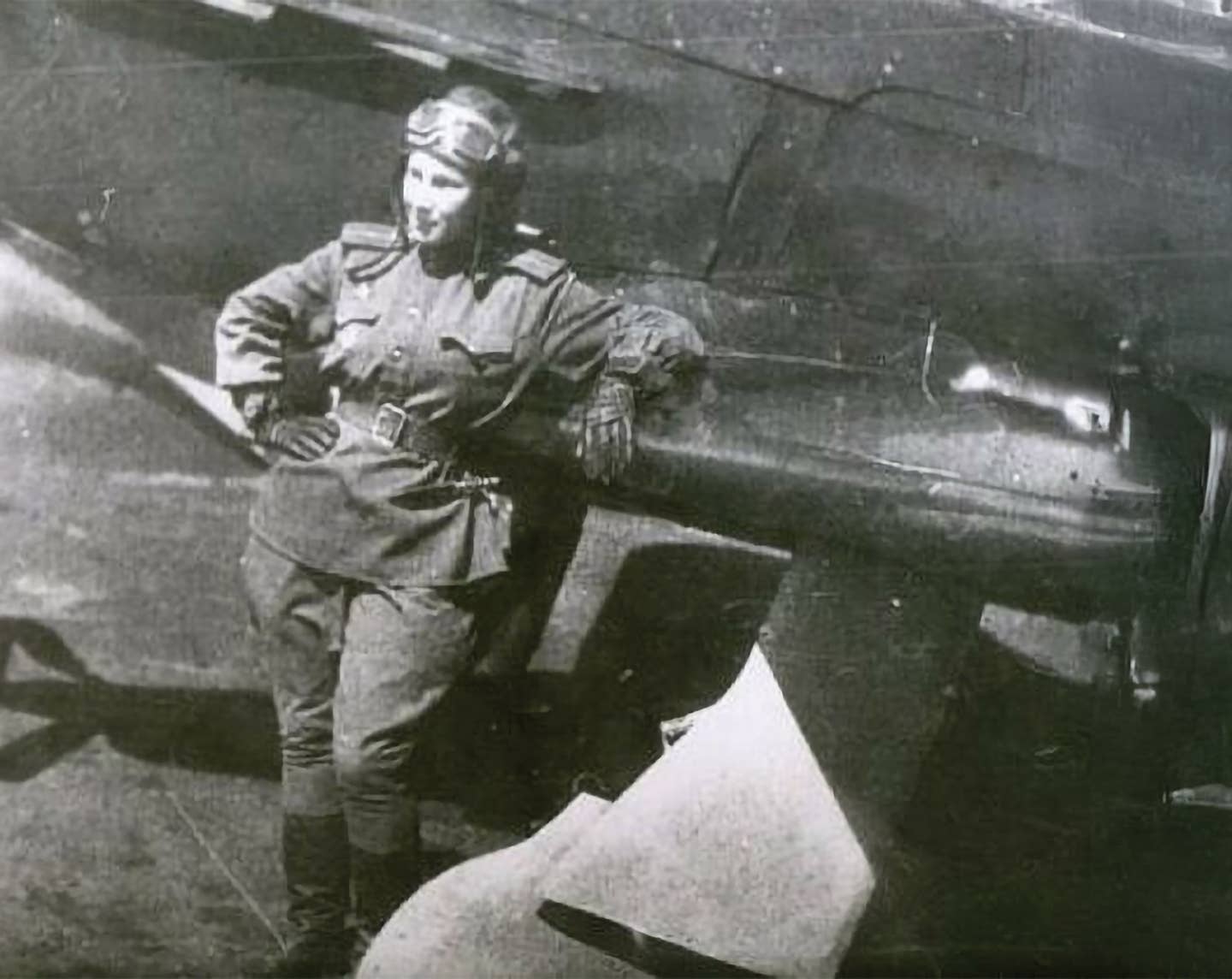
Photos: Wikipedia
Erwin Maier was having a really bad day. He was a gifted pilot, already recording 11 kills over the Eastern Front. But his war was over. Having had his plane cripplingly damaged in a dogfight, he’d been forced to bail out over Russia.
As he was captured, he just had one request: “Would it be possible to meet the pilot who shot me down?” Imagine Maier’s surprise when he discovered it was 21-year-old, petite, blonde Lydia Litvyak.
Litvyak was born in 1921 in Moscow. Early life was a struggle for her family after her father was arrested during the Great Purge as an “enemy of the people.” As was the case with most of those arrested in Soviet-era Russia, his family never saw him again.
Like many young girls, Litvyak was no doubt inspired by the stories she heard of famed Russian pilot Marina Raskova. And like Raskova, Litvyak dreamed of being in the sky. She joined a flying club at the age of 14 and soloed by the time she was 15. She later graduated from the Kherson military flying school and became a flight instructor at Kalinin Airclub.
When the Nazis attacked Stalingrad, Litvyak wanted to do her part. She immediately tried to join an aviation unit—after all, she had already trained 45 other pilots. Yet she was still denied due to a lack of experience. So, she padded her logbook, adding 100 more flight hours. The deception worked, and she would join the all-female 586th regiment.
The U.S. and Russia took very different approaches to the idea of female pilots during WWII. The U.S. would, after much convincing, allow women to fly in noncombat roles. Russia was all hands on deck and began training its female pilots to fill the roles of fighter and bomber pilots.
Litvyak excelled during training despite engaging in many shenanigans. After being forced to cut her curls short, she promptly bleached them with peroxide. When issued her standard uniform, she customized it with a fur collar. While these could be considered minor offenses by most Americans, in Soviet-era Russia, it not only should have had her removed from the military but even thrown into a gulag.
But Litvyak was too good of a pilot for the military to lose. When she finally completed her training, she was assigned to a spot that all women pilots had wanted—fighters.
Boris Yeremin, her regimental commander, said Litvyak was a “born fighter pilot.” She scored her first two kills on September 13, 1942, which included her downing of Maier.
By 1943, Litvyak was a double ace, well on her way to triple ace. She had 12 solo victories against the Nazis, as well as four shared kills in her 168 combat missions. She was a designated “free hunter,” allowed to pursue the invading Nazi planes at will.
A month before she would turn 22, Litvyak went missing. She was last seen with her Yak streaming smoke, with as many as six German Messerschmitts pursuing her. Going missing was a horror for Soviet pilots, as it was considered traitorous to be captured by the Germans.
Litvyak’s mechanic, Inna Pasportrnikova, refused to let her legacy be tarnished that way. Pasportnikova searched for 36 years for her pilot, but in 1979 that search ended as Litvyak was found buried in Dmitrievka. After a special commission concluded the exhumed body belonged to Litvyak, President Mikhail Gorbachev posthumously awarded her the title of “Hero of the Soviet Union.”
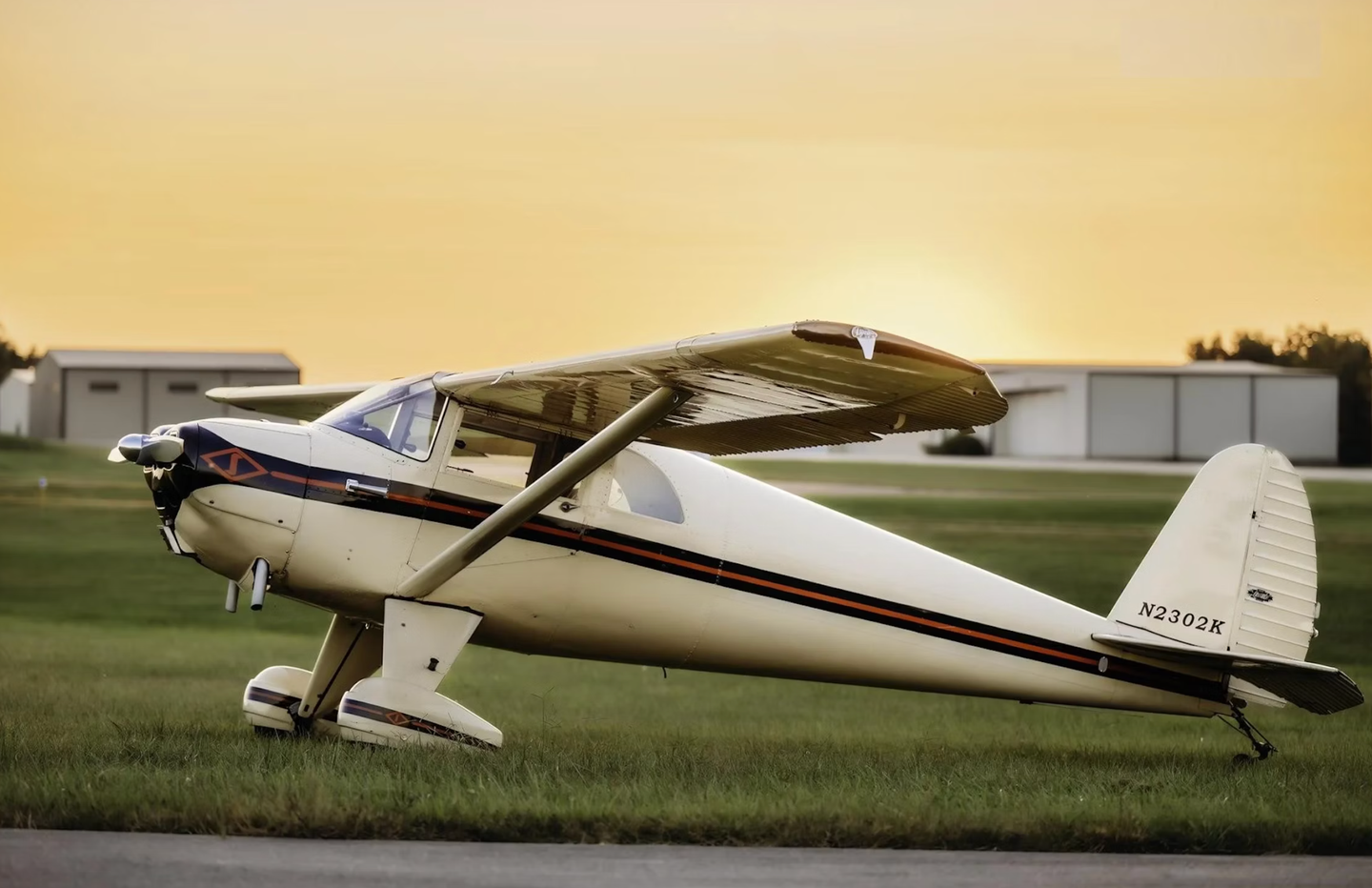
Subscribe to Our Newsletter
Get the latest Plane & Pilot Magazine stories delivered directly to your inbox

